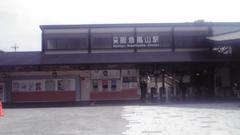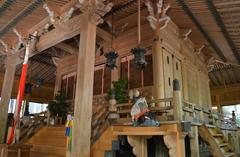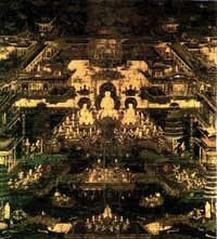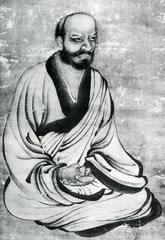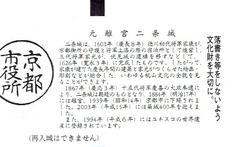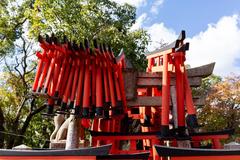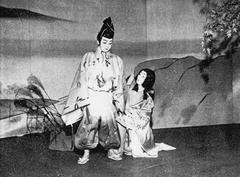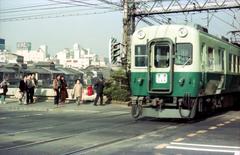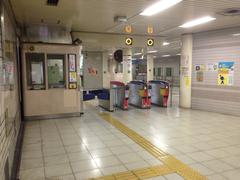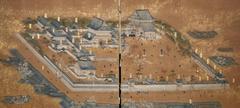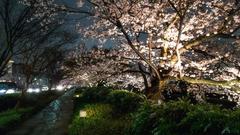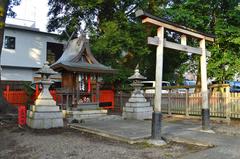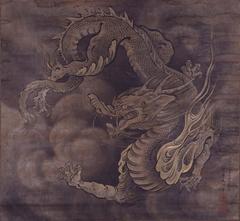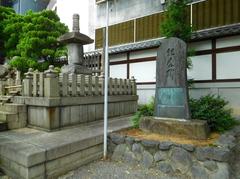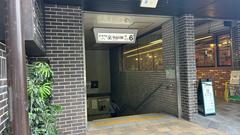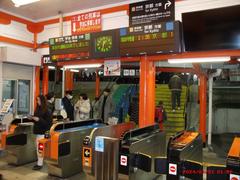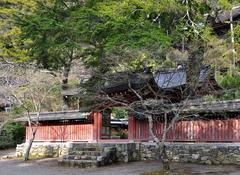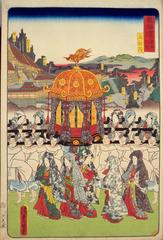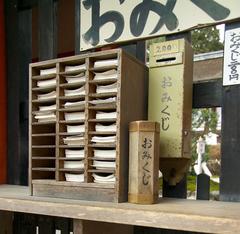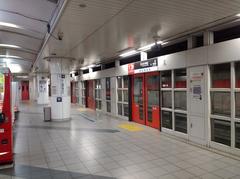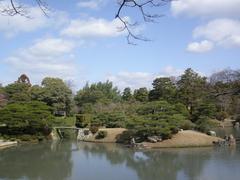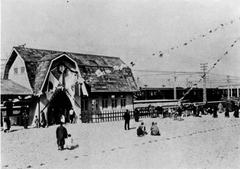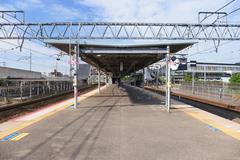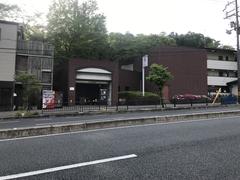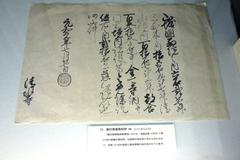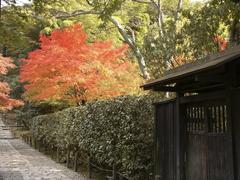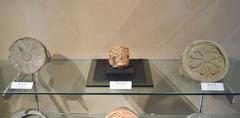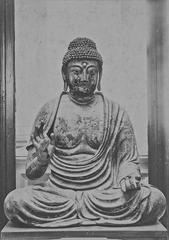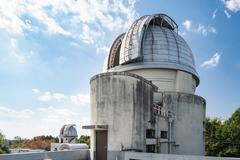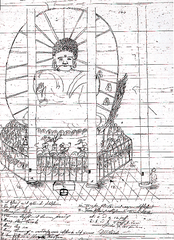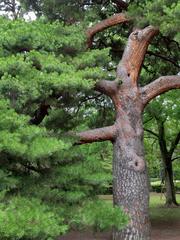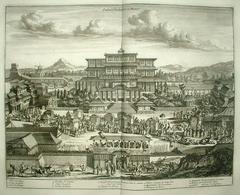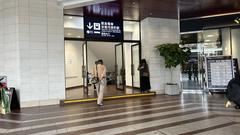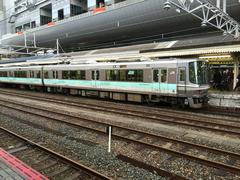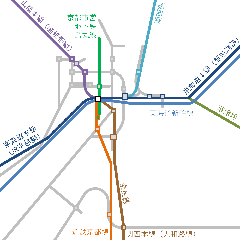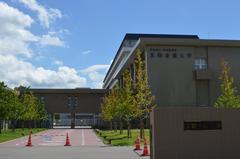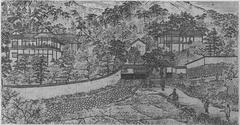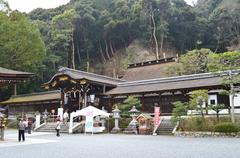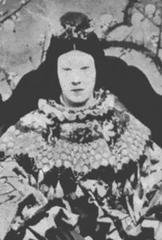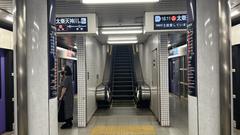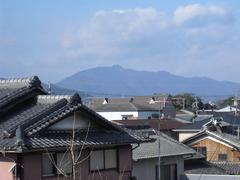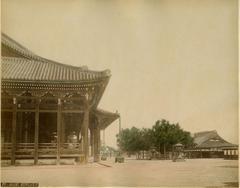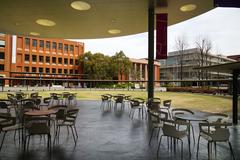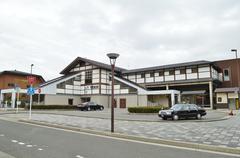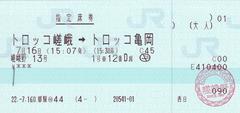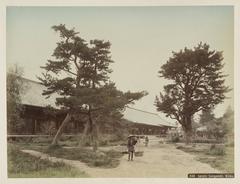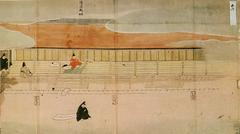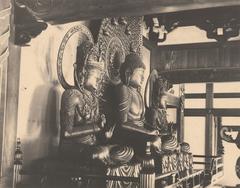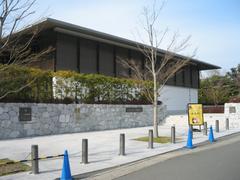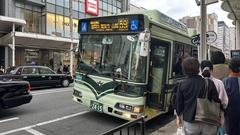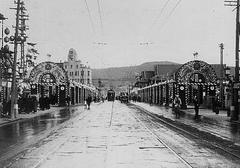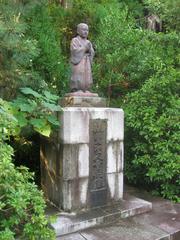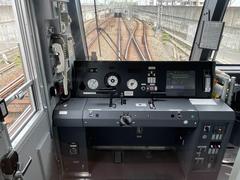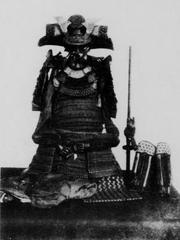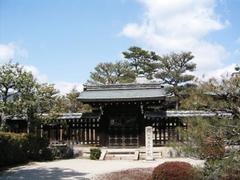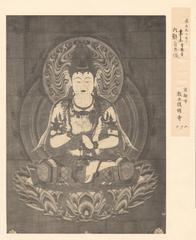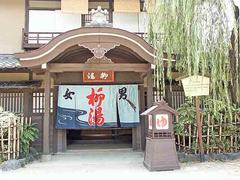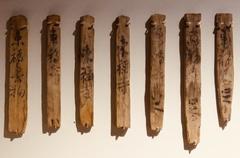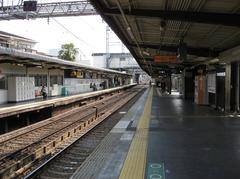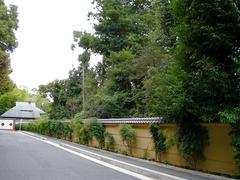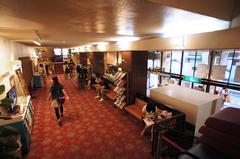Momoyamagoryō-Mae Station Kyoto: Visiting Hours, Tickets, and Travel Guide
Date: 04/07/2025
Momoyamagoryō-Mae Station, located in Kyoto’s historic Fushimi Ward, is more than a transit hub—it is your gateway to the imperial legacy, cultural treasures, and vibrant community of southern Kyoto. This comprehensive guide covers everything you need to plan your visit, from station facilities and transportation options to nearby historical sites, visiting hours, ticketing details, and tips for exploring the area responsibly and enjoyably.
Contents
- Introduction
- Historical and Cultural Background
- Station Facilities and Transportation Connections
- Nearby Attractions: Hours, Tickets, and Highlights
- Sustainable Tourism and Community Initiatives
- Practical Travel Tips
- Frequently Asked Questions (FAQ)
- Visual Resources
- Conclusion
- Sources
Introduction
Nestled in Kyoto’s Fushimi Ward, Momoyamagoryō-Mae Station (桃山御陵前駅) is the ideal starting point for travelers seeking to immerse themselves in Japan’s imperial past, architectural marvels, and sake brewing traditions. The area’s name references the nearby Fushimi Momoyama Goryō, the mausoleum of Emperor Meiji—a pivotal figure in the nation’s modernization. With easy access to reconstructed Fushimi Castle, the atmospheric Fushimi Sake District, and the iconic Fushimi Inari Taisha Shrine, visitors are offered a rich blend of history, culture, and scenic beauty (Kyoto City Official Guide, Unseen Japan, Magical Trip: Access to Kyoto).
Historical and Cultural Background
The Momoyama Era and Imperial Heritage
The Momoyama district is named for the Momoyama period (1573–1603), an era marked by political unification and artistic innovation. Fushimi Castle, originally constructed by Toyotomi Hideyoshi, exemplifies the bold architectural style of the time. Though the current castle is a modern reconstruction, it remains a symbol of the era’s influence (Just About Japan).
The Fushimi Momoyama Goryō, the mausoleum of Emperor Meiji (1852–1912), is a tranquil wooded park where imperial rituals and ceremonies still take place. The mausoleum’s approach, marked by a grand stone staircase and torii gate, reflects Shinto reverence for nature (Kyoto City Official Guide).
Fushimi’s Broader Cultural Landscape
Fushimi developed as a key river port and commercial center, renowned for its sake breweries that harness the area’s pure spring water. The Fushimi Sake District remains a thriving destination for cultural tourism, offering brewery tours and tastings in a setting of traditional kura storehouses (Unseen Japan).
Nearby, Fushimi Inari Taisha is world-famous for its thousands of vermilion torii gates—a spiritual and photographic highlight for visitors (Visit Inside Japan).
Station Facilities and Transportation Connections
Layout and Facilities
Momoyamagoryō-Mae Station is served by the Kintetsu Kyoto Line and Keihan Uji Line, ensuring convenient access from central Kyoto, Nara, and Osaka. The station features:
- Two side platforms with elevators and stairs for accessibility
- Automatic ticket gates accepting IC cards (ICOCA, PiTaPa, Suica) and paper tickets
- Multilingual ticket machines
- Barrier-free restrooms and waiting areas
- Coin lockers, vending machines, and on-site staff
Operating Hours
The station operates daily from approximately 5:00 AM to midnight, in line with train schedules. Check the latest timetables for accurate information.
Transportation Connections
- Rail: Direct connections to Kyoto Station, Nara, and Osaka
- Bus: Kyoto City Bus and Keihan Bus routes to Fushimi Inari, Uji, and other destinations
- Taxi/Bicycle: Taxi stands and bicycle parking/rental available
Nearby Attractions: Hours, Tickets, and Highlights
Fushimi Momoyama Mausoleum (伏見桃山御陵)
- Significance: Resting place of Emperor Meiji, set in a peaceful park
- Hours: Open year-round, sunrise to sunset
- Admission: Free
- Accessibility: Main paths are wheelchair accessible; approach includes steps—assistance available
- Photography: Permitted outdoors; observe posted restrictions
- Special Events: Imperial ceremonies and seasonal rituals
Fushimi Castle (Momoyama Castle)
- Significance: Reconstructed castle with panoramic views and historical exhibits
- Hours: 9:00 AM to 5:00 PM (last entry 4:30 PM)
- Admission: Adults 600 yen, children 300 yen; discounts for groups/seniors
- Accessibility: Partially accessible; staff can assist
- Guided Tours: Available in Japanese/English (reserve in advance)
- Photo Spots: Observation deck, cherry blossoms in spring, autumn foliage
Fushimi Sake District
- Significance: One of Japan’s leading sake regions, home to historic breweries
- Hours: Vary by brewery (typically 10:00 AM–4:00 PM)
- Admission: Brewery tours/tastings may require advance reservation and small fee
- Accessibility: Most sites are accessible; inquire directly if needed
Fushimi Otesuji Shopping Arcade
- Hours: Around 10:00 AM–8:00 PM
- Highlights: Family-run shops, bakeries, izakayas, local produce, traditional sweets
- Cultural Value: Supports local commerce and community
Fushimi Inari Taisha
- Access: 30-minute walk or short train ride from Momoyamagoryō-Mae Station
- Significance: Iconic shrine with thousands of torii gates and hiking trails
Sustainable Tourism and Community Initiatives
Kyoto’s popularity brings both economic benefits and challenges such as congestion and preservation pressures. The city’s Tourism Promotion Plan 2025 outlines key initiatives:
- Visitor management: Limiting peak-time access to popular sites
- Tourist accommodation tax: Funding preservation and local support
- Community engagement: Including local voices in tourism policy
- Promotion of local businesses: Encouraging spending at family-run shops and eateries
- Environmental stewardship: Emphasizing walking, cycling, and public transit
Fushimi is recognized as a model for sustainable tourism, balancing hospitality and heritage protection (Kyoto Travel).
Practical Travel Tips
- Best Seasons: Cherry blossom (late March–early April) and autumn foliage (November) for scenic beauty; fewer crowds on weekdays
- Etiquette: Remain quiet in sacred areas, queue at stations, and respect photography restrictions
- Navigation: Use apps like Google Maps or Navitime; English signage is limited
- Cash: Not all shops accept credit cards; carry yen
- Luggage: Coin lockers may fill quickly; consider using Kyoto Station for storage
Frequently Asked Questions (FAQ)
Q: What are Momoyamagoryō-Mae Station’s operating hours?
A: Approximately 5:00 AM to midnight daily.
Q: Is admission charged for the Fushimi Momoyama Mausoleum?
A: No, entry is free year-round.
Q: Are guided tours available for historical sites?
A: Yes, for the mausoleum, Fushimi Castle, and sake breweries—advance booking is recommended.
Q: How accessible is the area for travelers with disabilities?
A: The station and major attractions offer elevators and ramps, though some mausoleum paths include stairs.
Q: What ticket options are available for tourists?
A: Single tickets and day passes (e.g., 1-Day Kyoto Sightseeing Pass) are available at station machines.
Q: How do I reach Fushimi Inari Taisha from Momoyamagoryō-Mae Station?
A: Take a short train ride or a 30-minute walk.
Visual Resources
- [Map of Momoyamagoryō-Mae Station and Nearby Attractions]
- [Photo: Fushimi Momoyama Mausoleum in cherry blossom season] (alt text: “Fushimi Momoyama Mausoleum cherry blossoms”)
- [Photo: Historic Fushimi sake breweries]
- [Photo: Panoramic view from Fushimi Castle]
Conclusion
Momoyamagoryō-Mae Station is a vibrant entry point into Kyoto’s imperial history, cultural richness, and evolving community spirit. Explore Emperor Meiji’s tranquil mausoleum, the grand legacy of the Momoyama period at Fushimi Castle, and the distinctive flavors of the Fushimi sake district. The station’s strategic location and modern facilities ensure easy access, while local and city-wide efforts toward sustainable tourism safeguard Kyoto’s living heritage. By traveling respectfully and supporting local initiatives, you contribute to the preservation and vibrancy of this remarkable area.
For real-time updates, detailed maps, and exclusive tour options, download the Audiala app. Discover more about Kyoto’s historical sites and responsible travel practices in our related articles and by following us on social media.
Sources and Further Reading
- Kyoto City Official Guide
- Kyoto City Transportation Bureau Guide
- Magical Trip: Access to Kyoto
- Visit Inside Japan: Kyoto Historical Sights
- Just About Japan: History of Kyoto
- Unseen Japan: Kyoto History
- Kaguaruoo: Historical Overview of Kyoto
- Japan Guide: Kyoto

